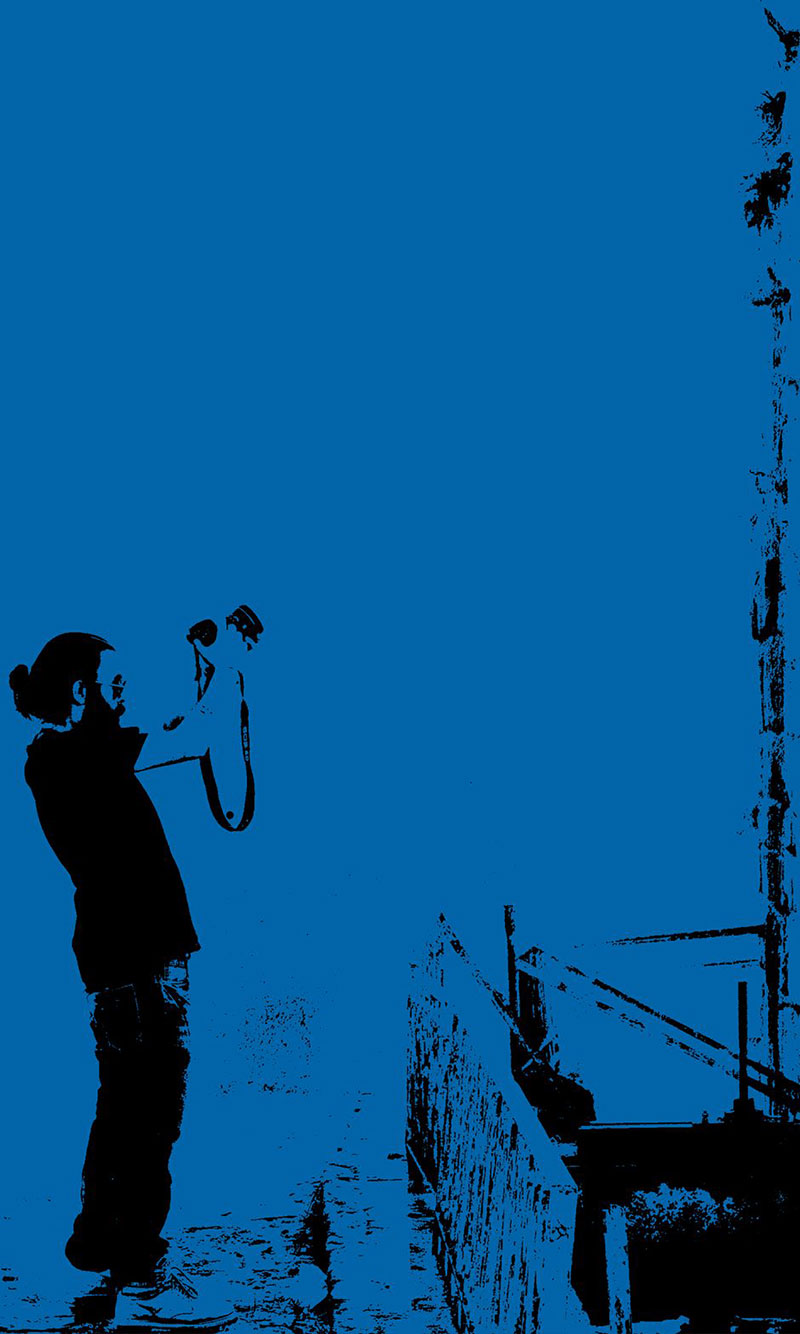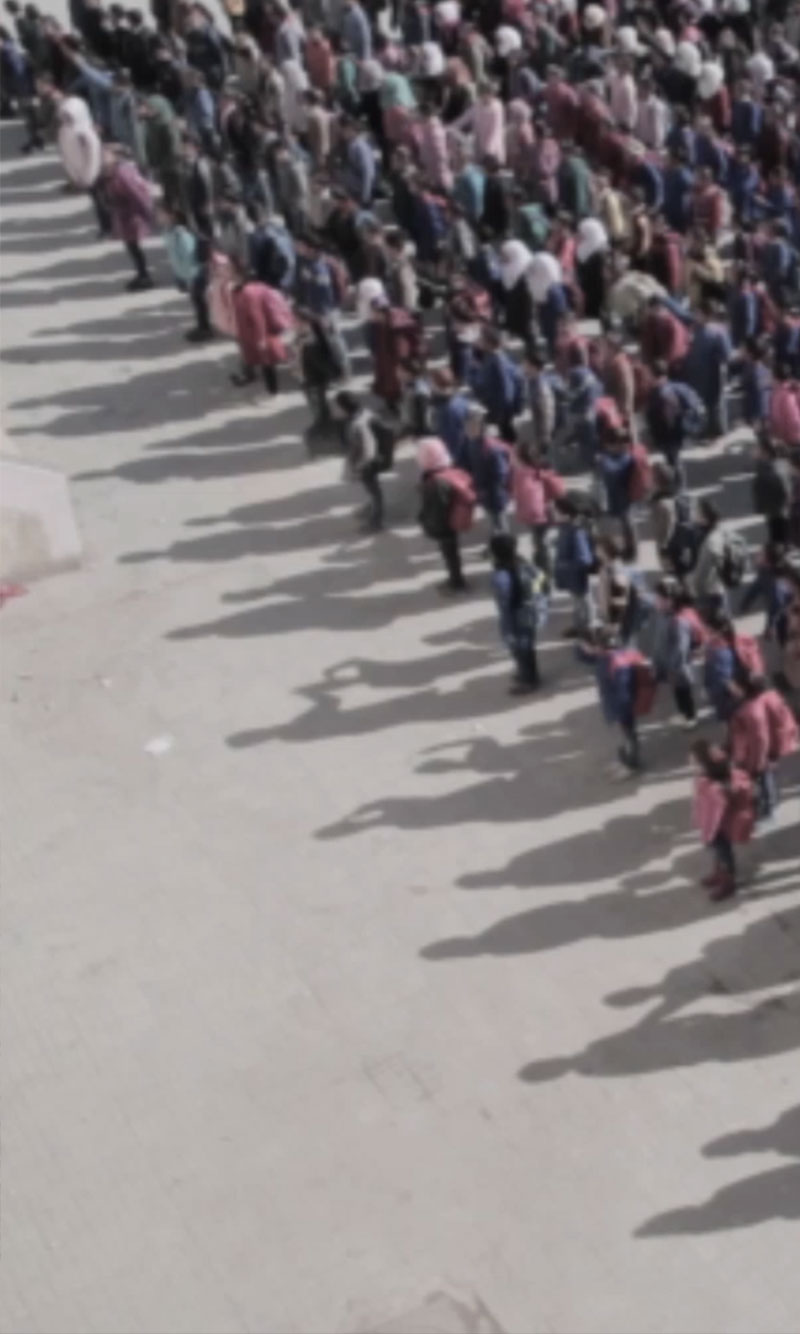(The Tunnel) has transformed with displacement…from a passage to a settlement.
Al-Thawra Newspaper – Fouad Masada:
2013-05-29
The humanitarian and social implications of the crisis in Syria have been the backbone of a documentary called (The Tunnel), which shed light on one of that crisis’s repercussions.
Which is the subject of refugees and internal displacement, of which the inhabitants of many areas now suffer…the film is 25 minutes long, made and filmed by Simon Sameer Safieh. Montage and graphics are made by (Icon Art)-Ibrahim Hisham Melhem and Ayham Saleh. The picture is produced by (Poor Film) in cooperation with the Tartouss Cinema Club and the website Tarouss Now. It was filmed with a (Canon 600d) camera without any light or microphones, and it will be shown in the cultural center in Tartouss, at 6 pm next Thursday, which happens to be the 32th anniversary of the Tartouss Cinema Club foundation. Surrounding the uniqueness of the film, its purpose and the main axioms it discusses, its maker, Simon Safieh, spoke saying:
“The film captures the lives of Syrian refugees inside Syria. This is all I can do under the shadow of what is happening in Syria today. From my point of view as a filmmaker who searches for cinematic material, I have walked around in many refugee harboring centers in Syria, to look into their circumstances and record the moments and details of their lives inside their country, but away from their homes. So, in Tartouss, I found real material, which is perfect to make a documentary, and this was it, where twenty families live in a tunnel under ground on the marine coast in Tartouss. The film does not capture all the sides of the expatriates’ lives (as it was decided they should be called), but it might have captured the cruelest experience in all the places I have been to. I can say that in all those places, I did not see one family residing inside a tent”.
Who are the true heroes of your film?
There is a myriad of them, for there is no one hero or even a story to be recorded. Whereas there is multiple stories being told through characters, whose lives before current events we show, with the effect these events have had on them, and their transitions until they arrived to Tartouss, specifically to this tunnel. We capture their interaction with the new environment and their way to adapt with the different circumstances of life. They came from many governorates and are of different age groups. There are faces that show themselves in front of the camera, and faces that do not, in fear of retaliation!
The true hero of the film is the place (the tunnel) regardless of the number of its inhabitants. This place has turned from a passage into a settlement! We capture its changes, evolution and each individual’s interaction with it separately. I relied on a certain philosophy of setting aside personification of the film, even with pictures, I was neutral as much as I could be, and I tried to transmit the image as it is, away from sensory exaggeration, which serves to propitiate viewers. The film has more smiles than tears, despite the bitterness of reality, but the fact is that we laugh in spite of sorrow and sing over the wounds so they would heal.
Why concentrate on children?
There is somewhat of a focus on children, because they are the coming hope of this country. The child that laughs and plays in spite of everything she or he has seen or heard, even in spite of her or him losing the right to be settled down.
Was the humanitarian side of the crisis predominant in the film?
The film is humanitarian by default. I did not send any political messages through it. I merely present a human reality as it was, with real persons, whom I accompanied for months, until the camera became a part of their lives. with which they deal without affectation..
The tunnel is a true epitome of what is happening in Syria, for it is also going through a tunnel, but eventually, it will end, and we will get out of it.
What difficulties were the film’s filming and production met with?
There are several difficulties, which stand in the way of making an independent film. Especially that there is no institutions in Syria that care to supports projects like this one. For that reason, I followed a certain method with this film, through cooperating with many fronts like the Tartouss Cinema Club and the site Tartouss Now, to help get filming permits from the authorities. I also filmed with my camera and simple equipment, and was spending a lot of time filming, just to go back home to showcase what I captured, archive it, build a scenario and make a plan the next day. While in the next stage, I received back up from the company (Icon Art), with which I edited the film, and here I give thanks to Idrahim Melhem and Ayham Saleh, for what they have given in pursuit of getting this work to succeed, and also for the filmmaker Aws Al-Muhammad for his most-appreciated support.
What is the goal of creating your company (Poor Film)?
After making this film, I felt the importance of the existence of independent cinema in Syria, which is why I decided, with the help of Icon Art, to create a new project, and its goal is to make independent Syrian films, and prepare a group of youths who are able to make films with their personal efforts, after being trained by a group of specialists. Now, a foundational plan for the project is being drawn, also for the launch of a website dedicated to it. (The Tunnel) is considered to be the first production of this project, which clears the way for other experiences that aim to make independent films, which contribute to the development of Syrian society.



